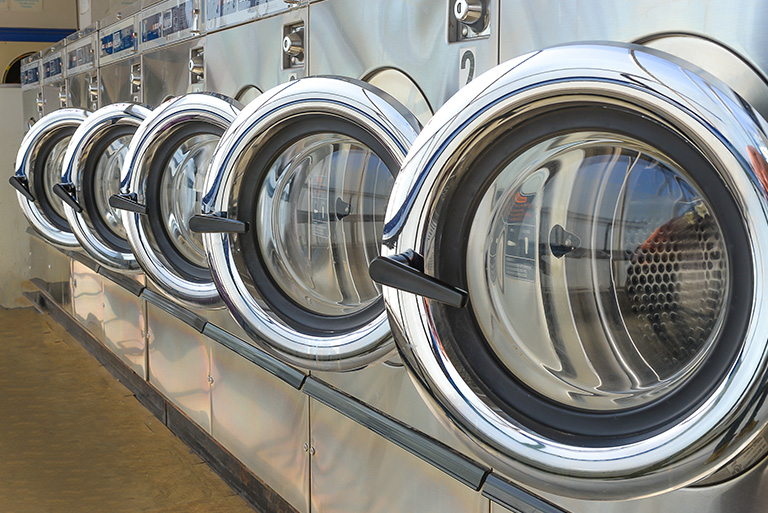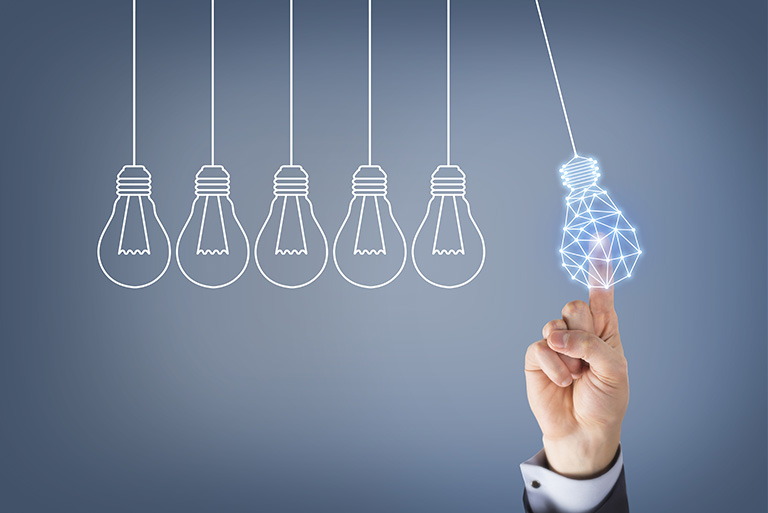Future of Communications Webinar: Guest Q&A
Part of the webinar blog series "The Future of Communications – A UX Design Challenge.

At our recent webinar, “The Future of Communications – a UX Design Challenge” with guest speaker Emily Wengert, Group Vice President for User Experience at Huge, we offered a sneak peek into what bills and statements could look like in the year 2025.
Webinar attendees were extremely interested in the topic and the three finalist designs. (And they aren’t the only ones. The concepts made Fast Company’s list of most important UI designs of 2017.) The questions they asked demonstrated their interest and provided insight into how they are thinking about the future of their communications. Here are our answers:
Q: Consumers often don’t go paperless because they want to have their bills and statements readily accessible. How can brands create a level of confidence to help customers give up paper?
A: The physical connection to paper is actually one of the primary reasons that customers resist digital adoption. Let's be honest; if a customer decides to leave a brand, the document may continue to be archived on the brand’s website but the customer may no longer have access to it. You can boost consumer confidence by enabling them to receive, interact, pay, share and archive communications in the digital locations they use today. This creates a win-win situation: customers benefit because their content is available on their terms and brands benefit by providing a good experience.
Q: All three designs incorporated sophisticated levels of personalization and the use of data. How do we balance personalization with the privacy and security that customers demand?
A: We’re all dealing with privacy directives, it’s a top priority. One of the key elements of all three designs is that the consumer is in control. We’re asking them to opt-in and getting their permission for how they want their data to be used and shared.
Based on the current trend signals, if you’re offering a service that consumers are interested in, they are willing to opt-in. It becomes a value exchange, and that’s what makes the network prototype concept work. The consumer/brand connections are based on existing relationships where participants are agreeing to play by a certain set of rules. It’s not just about consumer identity validation; it’s also about validating the service provider. That helps to build trust.
Q: What advice would you give companies that are thinking about getting started with artificial intelligence (AI)?
A: It starts with understanding what data and content you have available and how you can best take advantage of it to meet consumer needs. When you add machine learning to AI, it takes unstructured data and makes it structured and that’s a good place to get started. We are also seeing more organizations develop digital communications programs that go beyond marketing communications and lead generation, which is where a lot of companies are applying AI. Imagine applying these technologies and data to bills and statements – your most powerful engagement tools that reach your customers every month.
Q: I use Gmail to make travel reservations and then the travel reservation appears on my calendar automatically; it includes the destination and a map. How can that model apply to invoice and bill data?
A: That model can actually apply to any type of communication that requires an action. We've started to work with Google and other channel partners on how we inject data into bills and statements. For example, we are delivering interactive, data-rich emails to Google with our digital composition tool and the metadata that we’re injecting into those communications is bringing things to life, like creating calendar reminders and integrating with Google Home. So, a consumer can say, “Hey, Google, what bills are coming my way?” and the consumer will be notified that their bill is due tomorrow. That capability is available now and it will only get more sophisticated in the future.
Looking for more answers? Check out the Future of Communications Q&A or, if you have specific questions about how to transform your customer communications, please reach out to me.




